A project aimed at reducing the number of cars in and around residential areas is being considered in St Andrews.
But what do people in the town make of the sometimes controversial “Low Traffic Neighbourhoods” idea?
St Andrews local Eileen Donlevy said that the amount of cars in areas like this is an issue.
“It is a problem. It gets very busy. And so noisy,” said Eileen, 63.
But Eileen worries that projects like this could lead to a build-up of traffic and noise pollution elsewhere in the town.
“But I would support it only if the redirection of traffic would not disrupt other neighbourhoods.”
The way people use their cars to get about is problematic in itself, she said.
“If you look at the number of cars passing, for the majority there is just one person in them.
“It’s obviously for convenience. It’s bad for the environment.”
The community-led project, The Active Way, wants to connect neighbourhoods in St Andrews safely.
Low Traffic Neighbourhoods (LTNs) have split opinion when introduced to London during the pandemic.
A member of The Active Way project said that they would be considering areas which connect residential areas and the town centre.
Barry Jack commutes to St Andrews for work by car.
“It would be a good thing. It’s a pretty high-density place, especially with the students,” said Barry, 36.
“It would definitely help with safety, having less cars on the road.”
Busy traffic can be dangerous but ‘we’re not dead yet’, say students
Hayley Watson and Maddie Byrne are both 19-year-old students at the university.
They think that a scheme to minimise traffic between residential areas and the town centre could increase student safety.
“We have got a bit of a joke going that someone’s going to get run over at some point,” Maddie said.
“But it depends how much of an issue this would end up being for the cars.”
“We don’t want to massively put them out, because we’re surviving,” added Hayley. “We’re not dead yet.”
Elderly residents that rely on cars would ‘suffer’ with low traffic neighbourhoods
Others were not so thrilled about the idea.
The project does not consider the impact on elderly locals, said St Andrews resident Moira Stewart.
“For the elderly, it wouldn’t work. The elderly would suffer.
“Think about the old people who live here,” Moira said, “not just the tourists.”
Another woman agreed that active travel options are not accessible for residents of all ages.
“Expecting us to come into town travelling on bikes, that’s just unrealistic,” said Joan Dowie, 77.
Others pointed to the impact it could have on the town’s income.
Mary Angus Vizan, 72, does not want low traffic zones to come to St Andrews.
“The cars are what bring people in,” Mary said.
“All of that is what makes this town alive where other towns are dead.
“If they did bring it in, I think it would be a silly thing to do.”
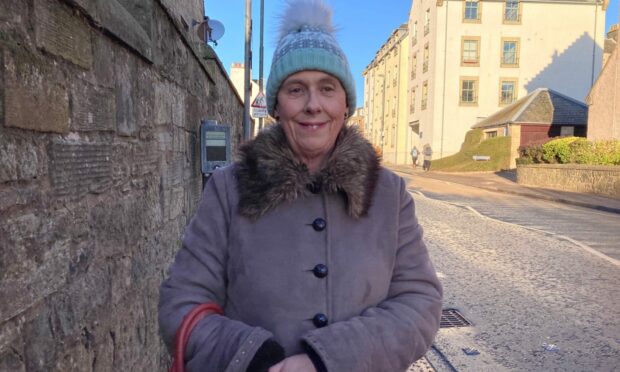
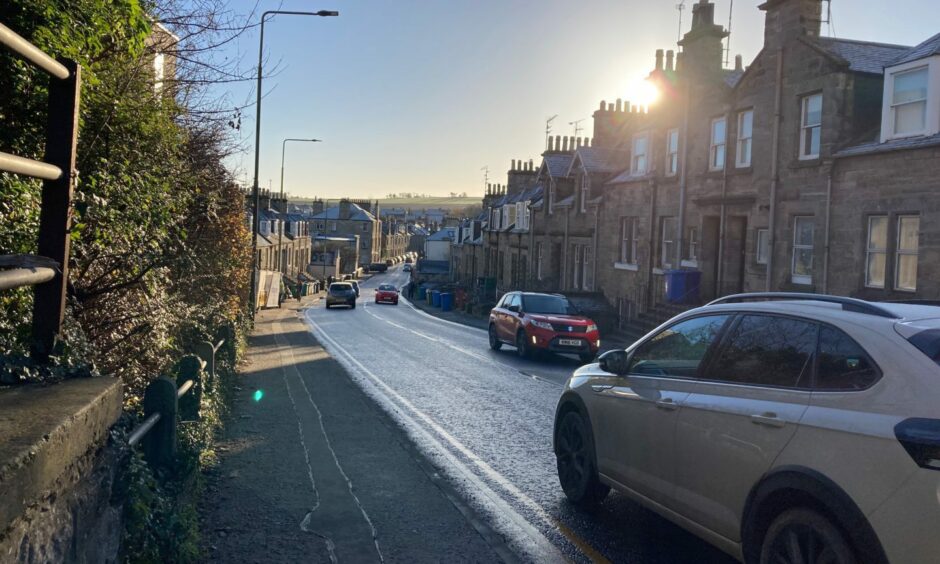
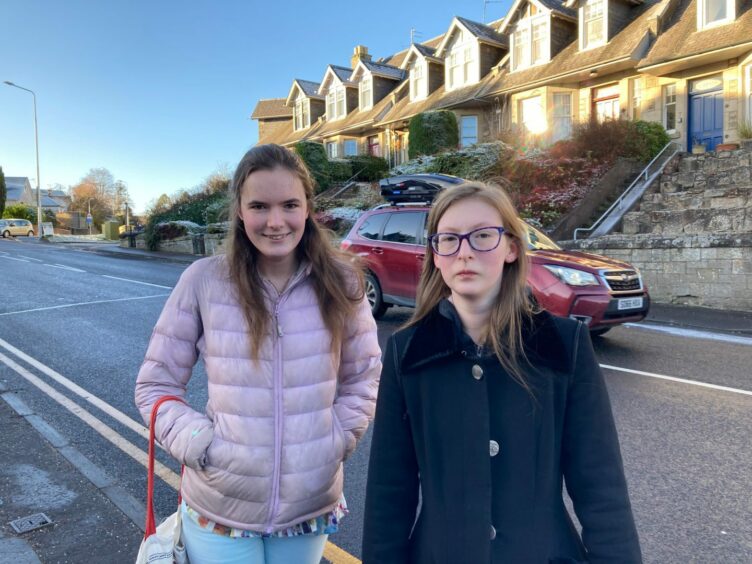
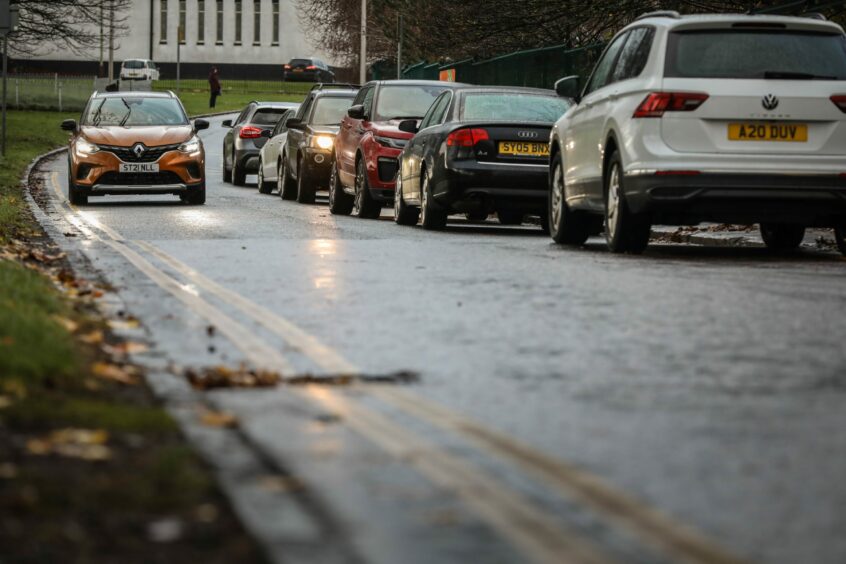




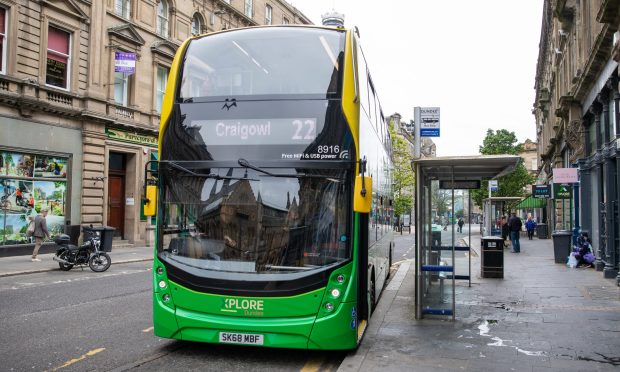
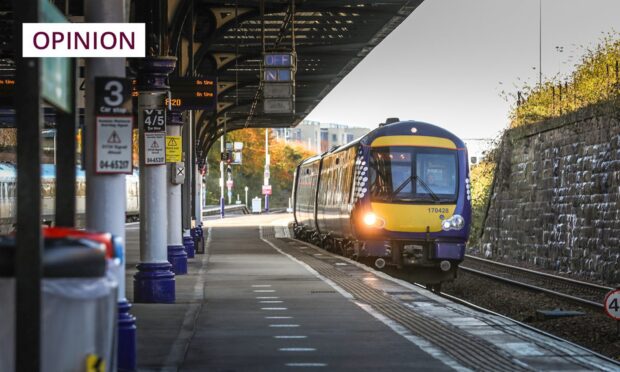

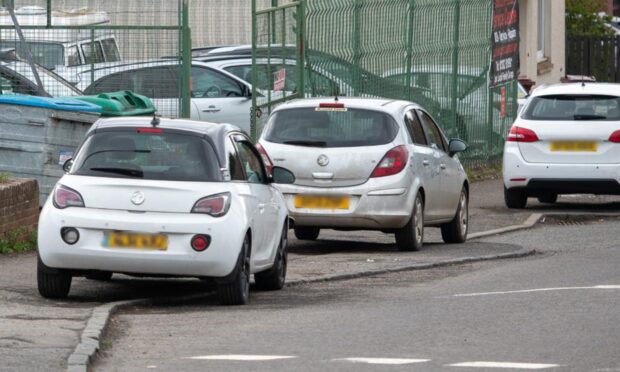
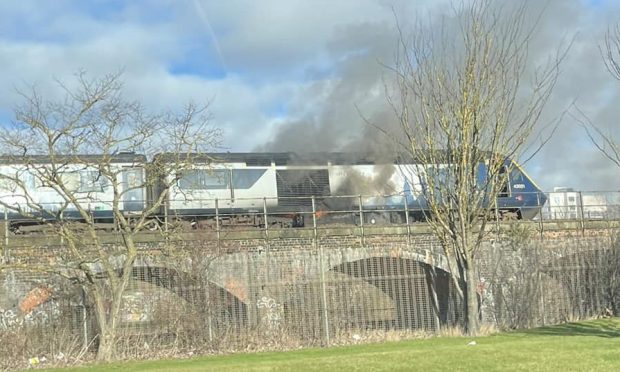
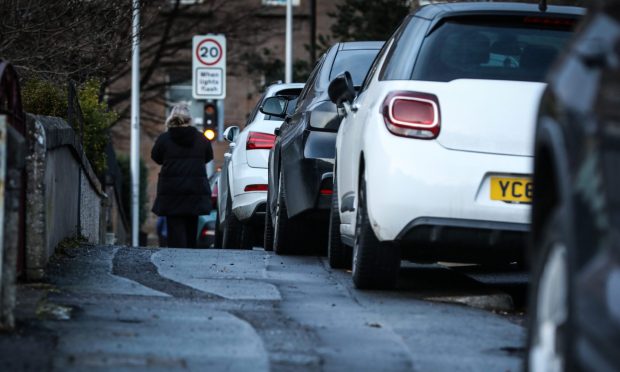
Conversation